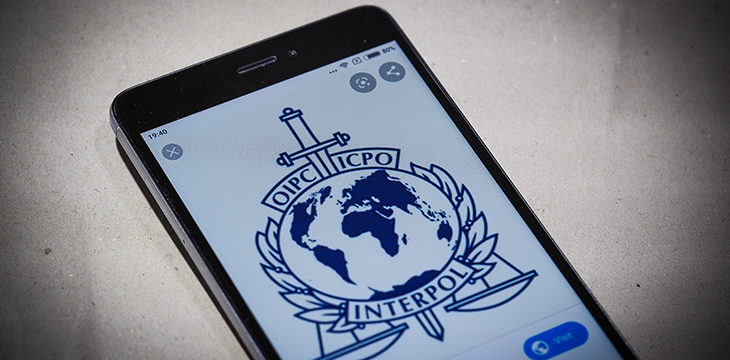|
Getting your Trinity Audio player ready...
|
May 12 will now be regarded as the global Anti-Ransomware Day, a day dedicated to raising awareness about the potent danger that cybercrime poses. The global awareness campaign was announced by Interpol in partnership with cybersecurity company Kaspersky.
Three years ago, a ransomware attack was unleashed, wreaking havoc globally and leading to billions of dollars in estimated losses. The ransomware, known as WannaCry, targeted Windows users, exploiting a tool stolen from the NSA. WannaCry reached its peak on May 12, 2017, with over 200,000 computers infected in 150 countries. The criminals behind it demanded payment in BTC. Three years later, Interpol has dedicated the day to ensuring such an attack doesn’t occur again.
Interpol has partnered with several cybersecurity communities globally on the initiative which it dubbed #WashYourCyberHands. The focus of the campaign will be educating the public on the dangers posed by ransomware.
Interpol’s director of cybercrime Craig Jones remarked, “Cybercrime and cybersecurity may seem like a complex issue that is difficult to understand unless you are an expert in the field – this is not the case. INTERPOL’s campaign aims to demystify these cyber threats and offer simple, concrete steps which everybody can take to protect themselves.”
And despite being three years old, WannaCry is still posing danger to cybersecurity globally. According to research by Kaspersky, the ransomware is still the most common malware globally. In 2019, it accounted for 21% of the 767,000 cases of ransomware attacks. One in three of these attacks targeted businesses, the researchers found.
WannaCry showed just how extensive the damage caused by ransomware can be if deployed in large scale, Kaspersky’s Sergey Martsynkyan remarked. According to some experts, the ransomware led to at least $4 billion in damages, ranging from ransom paid to lost hours and reputational damage.
Despite the danger, there are many businesses and individuals who still don’t know how to protect themselves from such attacks, Martsynkyan believes. He told Infosecurity Magazine, “The threat remains relevant today, as there will be users out there who still may not know much about it and can become a victim. The good news is that the right security approach and relevant measures can make ransomware yet another non-critical threat.”

 11-28-2025
11-28-2025 





